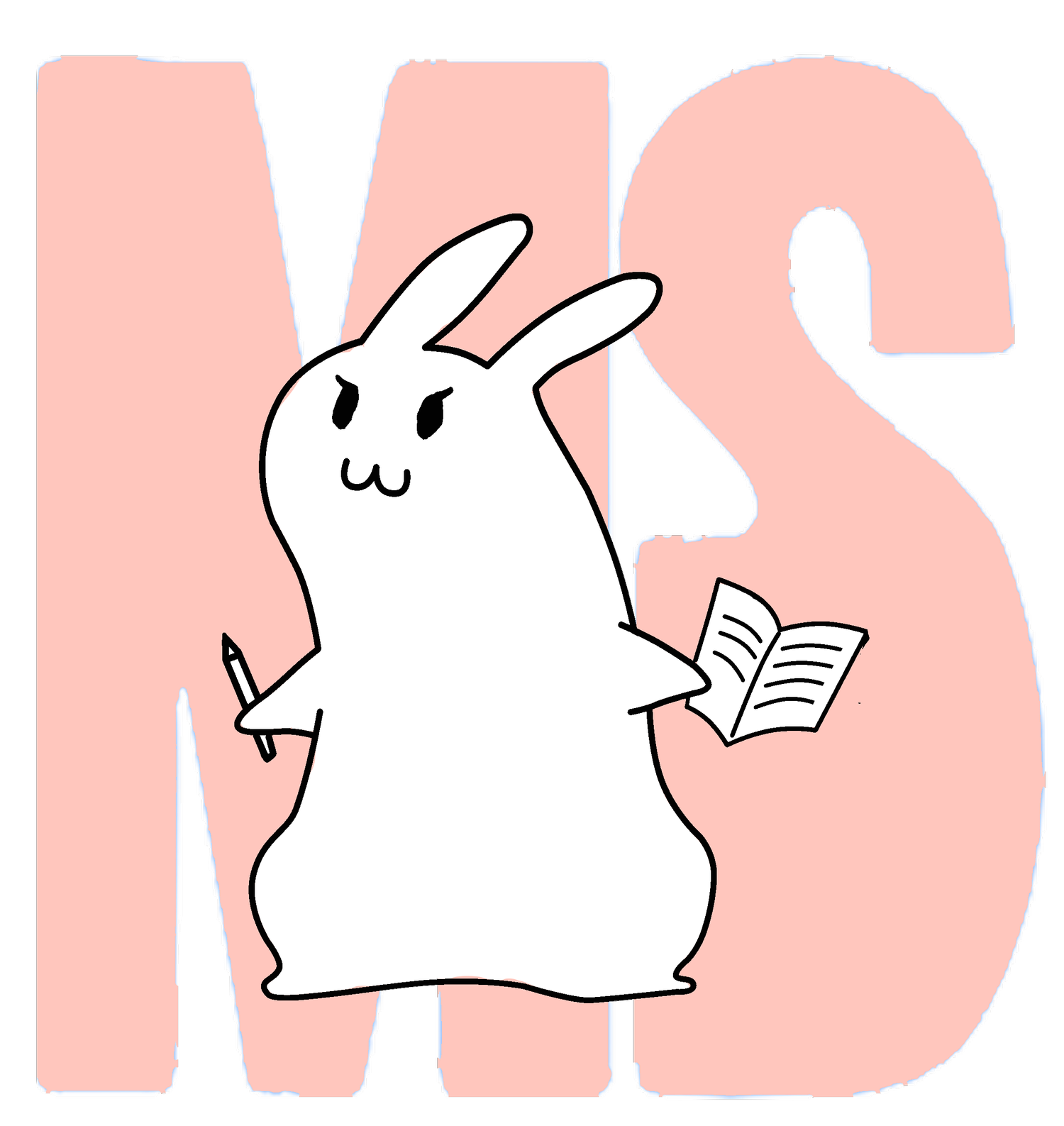Discovering Yale’s West Campus
On a cold Friday afternoon, I left Yale’s gothic stone and red bricks and made my way seven miles southwest to a bustling research hub: West Campus. Barely resembling my conception of Yale’s architecture, the campus is an expansive space that features modern buildings and pastoral surroundings. Few students have made the trek to see it.
Located in West Haven, Yale’s West Campus has belonged to the University since 2007, when it purchased 136 acres of land and research space from Bayer Pharmaceuticals for $109 million. At the time, former Yale President Richard Levin crowned it “Yale’s Louisiana Purchase.”
West Campus has not only become one of Yale’s research centers alongside the School of Medicine and Science Hill, but also a hub of arts and culture. Designed to promote “collaborative and interdisciplinary dialogue,” it consists of seven institutes: Energy Science, Systems Biology, Chemical Biology, Cancer Biology, Nanobiology, Preservation of Cultural Heritage and Microbial Sciences.
Among the undergraduates who regularly travel to West Campus, Jerry Zhou ’21 has conducted research in one of its labs since his first year at Yale. He described West Campus as his “break from classes.” As a nature lover, he appreciates the natural beauty of the campus where he can see the trees, walk the hiking trail or visit the Landscape Lab’s research garden.
Jerry previously worked in a lab in Kline Biology Tower, which he said felt “closed” because of its narrow architectural design. “The only space where you actually interact with people in other labs is in the elevator,” he said. In comparison, West Campus is more open, with beautiful scenery and natural light streaming through the large windows, he said.
Jon Atherton, the communication officer for West Campus, believes this openness is what attracts people to the campus. Most of the faculty members working there are new recruits to the University, many of whom enjoy the immersive setting where they can easily meet colleagues from different backgrounds and work side by side with others in their field.
Though students and staff often brought up “collaboration” and “people” when describing West Campus, my first impression was radically different — the campus felt rural and empty. All I could see were trees, buildings and a huge parking lot. I was told that lunch was the only time to see people on the street, when everyone leaves their buildings for the café, located in the conference center.
It wasn’t until I entered the Collections Studies Center that I realized the ghost town appearance was just a facade. The interior of the building was vibrant, displaying collections from the Yale University Art Gallery, the Yale Center for British Art and the Yale Peabody Museum of Natural History. As I walked down the hallway, I couldn’t help but peek into the art conservation labs. It felt like I was entering a special hospital where items in the University’s collections went for treatment. There, the arts merged with the sciences to restore priceless paintings and artifacts.
Eric Litke, museum assistant in American decorative arts, gave me a tour of the Leslie P. and George H. Hume American Furniture Study Center, which houses 1,300 artifacts of American furniture, clocks, wooden objects and historical tools from the 17th century to the present. Since its opening in September, the center has offered public tours every Friday at 12:20 p.m.
Unlike a typical gallery space, the furniture study exhibits in an “open storage” configuration. Divided by categories, the furniture pieces are displayed in lines. The large space allows some 40 ft wide architectural woodworks to be shown, the first time since their storage in the 1930s. There are also dozens of stations scattered over the Study devoted to different craft aspects of pre-industrial furniture making. Before its relocation to West Campus, the furniture study had a 60-year history in the basement of 149 York St., a historical building in downtown New Haven across from Zaroka. The new site on West Campus is twice as large and has better climate control and lighting, Litke said.
Art history professor Edward Cooke takes his students to the Furniture Study Center once a week and has them complete “looking assignments,” in which students study the furniture in person and then present their experience to the class. “Spending 30-60 minutes with an object with the privacy of the furniture study is a fundamental experience,” Cooke said. He also doesn’t think of the move as an obstacle to his classes. For him, teaching on West Campus “simply requires some rethinking of the structure or frequency of the class.”
In addition, Professor Cooke notes that compared to upperclassmen, the students in his first-year seminar aren’t bothered by the weekly West Campus trip. “There is a sense of adventure,” Cooke said.
After talking with Cooke, I couldn’t help but wonder — how many of us would be willing to make a weekly trip to West Campus, or even a single visit?
So I asked around. I realized that the split is not just made by how long one has stayed at Yale, but also by activities. Several pre-med students said they wouldn’t mind the hour-long commute to conduct research on West Campus’ cutting-edge equipment. Art history majors also expressed an interest in a first-hand experience with the collections on West Campus. But most others expressed no interest in visiting West Campus. One student even called it “irrelevant.” The overall excuse was that no one had the time.
Perhaps, I will feel that same way in a year. Perhaps, the Chapel and Prospect bounded campus will come to make up my Yale world. But, for now, the sense of adventure is still there. And, maybe if we take the time to leave campus once in a while, venture out beyond the Yale bubble, we just might find a place worth returning to.
